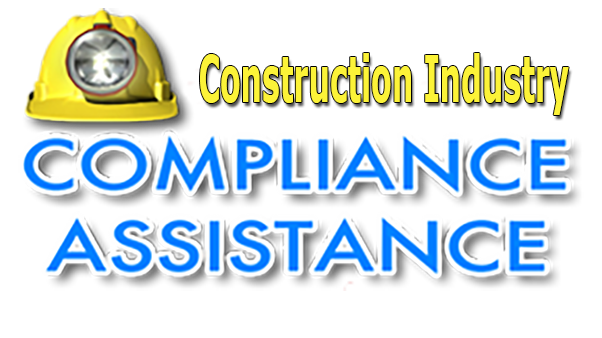
Emission Standards for Composite Wood Products
On July 7, 2010, the Formaldehyde Standards for Composite Wood Products Act (ACT) was signed into law and as a result added Title VI to the Toxic Substances Act (TSCA). The law sets limits for formaldehyde emissions from composite wood products. The national emissions standards mirror standards previously established by the California Air Resources Board (CARB). These emission standards are designed to reduce exposures to formaldehyde and avoid harmful health effects.
The Act directed EPA to finalize a rule on implementing and enforcing several provisions covering composite wood products. On December 12, 2016, EPA published a final rule to reduce exposure to formaldehyde emissions from certain wood products produced domestically or imported into the US. After March 22, 2019, composite wood products must be labeled as TSCA Title VI compliant. The regulations cover three composite wood products:
-
Hardwood plywood is defined as a hardwood or decorative panel that is intended for interior use and composed of an assembly of layers or plies of veneer, joined by adhesive with a lumber core, a particleboard core, a medium-density fiberboard core, a hardboard core, a veneer core, or any other special core or special back material. The emission standards for hardwood plywood only apply to hardwood plywood made with a veneer core or a composite core. A composite core consists of a combination of layers of veneer and particleboard or medium-density fiberboard.
-
Medium-density fiberboard is defined as a panel composed of cellulosic fibers made by dry forming and pressing a resonated fiber mat. This includes thin-MDF, which has a thickness less than or equal to 8 millimeters or 0.315 inches.
-
Particleboard is defined as a panel composed of cellulosic material in the form of discrete particles (as distinguished from fibers, flakes, or strands) that are pressed together with resin.
All entities along the supply chain, from the manufacture to the sale of composite wood products, are affected by the final rule requirements. This includes panel producers, fabricators, third-party certifiers, importers, distributors, and retailers.
More Resources
Formaldehyde. EPA site with general information, including health-related resources. Also, provides latest updates on rulemaking and implementation of rules associated with composite wood products.
Formaldehyde Emission Standards for Composite Wood Products. Rule summary and link to full text.
Technical Amendments to the Rule, Published August 21, 2019. Addresses certain technical issues and to further align the final rule requirements with the California Air Resources Board (CARB) Airborne Toxic Control Measures (ATCM) Phase II program.
Resources, Guidance Materials for the Formaldehyde Emission Standards for Composite Wood Products Rule. These materials are meant to assist consumers and regulated stakeholders in understanding the rule requirements.
